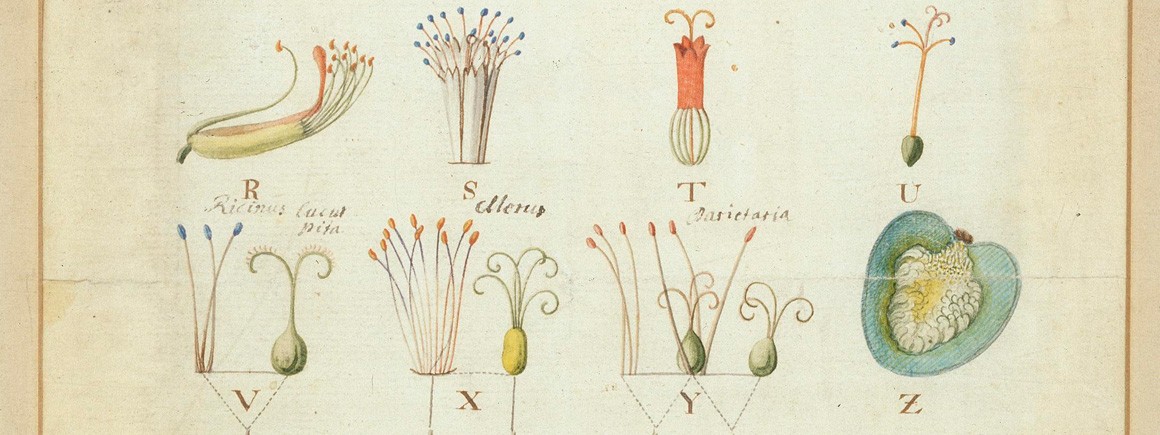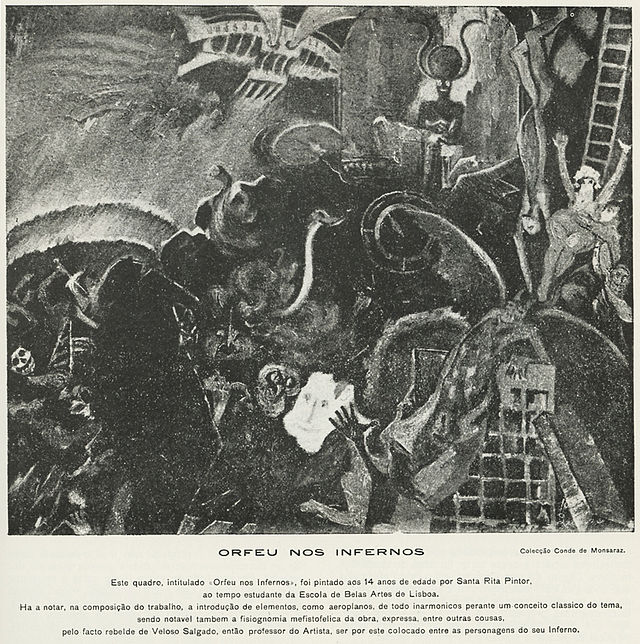Taking stock of the various attempts to provide a classification for organised systems, we will find, in adopting increasingly fine-tuned approaches to identifying the characteristics of these systems, that the same fundamental problem emerges over and over: the behaviour of living systems can be explained as soon as their status of being organised is accepted, but what then are the underlying reasons for this organisation itself? Can we attribute the progressive development of these highly improbable structures over geological time to a complex accumulation of random events? We can see that the terms of the problem of biology remain unintelligible if we do not grant full importance to the distinction made by R. Ruyer between “functioning” and “formation”. The functioning of a biological system is always “explainable”, but this does not then prove that it was formed according to that same banal logic. To reason in this way is to project the logic that presides over the functioning of a system onto the process of its formation after the fact, although it is obviously the formation that makes the functioning possible.
The whole problem of biology is therefore ultimately about its historical dimension. A given biological system is not only a structure in space-time in the present but has a temporal dimension that exceeds it beyond imagining: all its structural and functional properties can only be explained as the present outcome of the entire history of a lineage all the way back up to the initial stages of differentiation that punctuate the history of life. In other words, if the secret of the functioning of life is to be found in its structure, the secret of its structure is to be found in the logic that presided over its elaboration in the temporal order of magnitude that constitutes paleontological time. The problem of evolution is thus at the very centre of the problem of biology, and even shades off into it.
Si on consent à faire le point des diverses tentatives destinées à fournir un statut aux systèmes organisés, on constate que, à travers des approches de plus en plus fines et de plus en plus propres à cerner les caractéristiques de ces systèmes, on voit constamment transparaître le même problème fondamental : le comportement des systèmes vivants s’explique dès qu’on admet leur organisation, mais alors quelles sont les raisons qui rendent compte de l’organisation elle-même ? Peut-on mettre sur le compte d’une accumulation complexe d’événements aléatoires l’élaboration progressive, au cours des temps géologiques, de ces structures hautement improbables a priori ? On voit que les termes de la problématique biologique demeurent inintelligibles si on ne donne pas toute son importance à la distinction faite par R. Ruyer entre « fonctionnement » et « formation ». Le fonctionnement d’un système biologique est toujours « explicable », mais cela ne prouve aucunement que celui-ci se soit formé selon la même logique banale. Raisonner ainsi, c’est projeter après coup sur le processus de formation du système la logique qui préside à son fonctionnement, alors que c’est évidemment la formation qui rend possible le fonctionnement.
Tout le problème biologique se concentre donc finalement sur sa dimension historique. Un système biologique donné n’est pas seulement une structure actuelle d’espace-temps, mais il présente une dimension temporelle qui le dépasse inimaginablement : toutes ses propriétés structurales et fonctionnelles ne s’expliquent que comme l’aboutissement actuel de l’histoire entière d’une lignée jusqu’aux premières étapes des différenciations qui ont jalonné l’histoire de la vie. C’est dire que, si le secret du fonctionnement du vivant se trouve dans sa structure, le secret de sa structure se trouve dans la logique qui a présidé à son élaboration à l’ordre de grandeur temporel des temps de la paléontologie. Le problème de l’évolution se situe ainsi au centre même du problème biologique, et se confond même avec lui.
— F. Meyer, ‘Situation épistémologique de la biologie’, Encyclopédie de la Pléiade: Logique et connaissance scientifique, 805-806.



